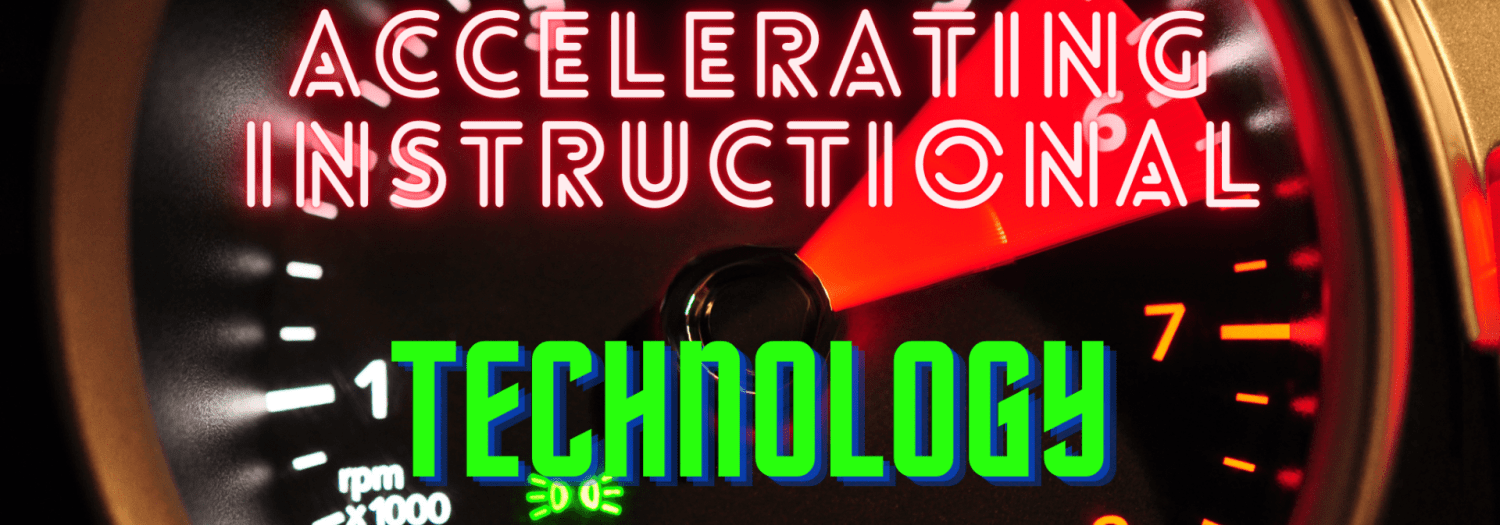I’ve been a full time teacher since 2009. Though that may not be long in comparison to many, it’s been long enough to realize the impact of what professional learning has looked like for many years. The top-down, one size fits all approach where educators are often hoarded to an auditorium or library in large groups and subjected to sit-and-get passive forms of learning have long left school districts frustrated at the impact of this methodology. In fact, I wonder if this type of learning has been so prevalent for so long that many district leaders are conditioned to accept these measures as adequate forms of learning. In contrast, talk to any educator and you’ll find they’re often left frustrated at the lack of voice and choice, feedback, and follow up administered during this process called professional learning. In defense of typical professional learning, each event is the product of a 20th century student from a 20th century upbringing. I want to include this quote from Eric Sheninger straight from his most popular blog post written June 8, 2014:
For so long schools have resembled a hamster running on a wheel doing the same things over and over to improve sets of numbers. We were no different and had succumbed to a fixed mindset. Every excuse in the book was at our disposal not to change and continue down the same path year after year. Heck, our education system has become so good at maintaining the status quo and enforcing compliance throughout that we and many others have been brainwashed into thinking any other course of action would be foolish. If education is good for one thing it is making excuses not to move forward. There is still an innate desire to sustain a school structure and function that has remained relatively unchanged for well over a hundred years. This is a problem. It was a huge problem for us. We were in a rut and didn’t even know it. Luckily change came in the form of a little blue bird that gave me the kick in the butt that I desperately needed back in 2009.
Though Eric wrote this in context of his former high school of which he was principal, it is certainly descriptive of professional learning. When will professional learning change? How can school and district leaders begin to initiate sustainable change?
Social media has opened up a world of opportunities for educators to connect globally and take charge of their own learning. For many, the decision to step into this journey was a personal decision taken on their own accord. Perhaps they attended a conference and saw others connecting from inside and outside the conference via social media. Perhaps others came to personalized learning by wading into it slowly through the connection of a colleague or friend. No matter the avenue, personalized professional learning has the potential to transform educators by increasing relevance, connectedness, and effectiveness. The rapid change that technology has imposed on education and it’s stakeholders means that districts can’t possibly provide enough learning opportunities, even if they were of high quality, to keep educators in touch with the most effective and relevant learning experiences for today’s students. This translates to classrooms out of touch and unprepared to design student centered learning experiences that tap into students’ passions and interests. If I were painting a picture, it would be a sore sight indeed. That’s the current state of professional learning in too many schools and districts and it’s being modeled by far too many school leaders, principals, professional development coordinators, and superintendents.
Kristen Swanson writes: “While we spend significant amounts of time and energy measuring the learning provided to students, we spend much less time measuring the learning provided to our teachers.” If teachers and principals aren’t learning and growing, then how likely is it that they are adapting to the changes technology imposes on learning? How likely is it that they are augmenting their instructional practices to meet the needs of today’s learners?
It has been said over and over by leading educational speakers that teachers today can’t possibly prepare students for what lie ahead because teachers can’t possibly predict what tools and skills will be necessary once our students reach their careers. The best we can hope to do is arm our students with the power and passion to learn. The applicant who demonstrates an ability to learn something new will be the ones gaining position in a competitive market. The culture of learning as an educator should be the same. The quality of professional learning experiences answers this one question: Does it help a teacher learn how to learn?
Where does social media and the ability to connect, learn, reflect, grow, receive support, communication, data, and strategies 24/7 fit into quality professional learning experiences? With greater access to more free-flowing information than has ever been available, I can’t understand why professional learning has not flooded into the world of social media in an effort to connect more with leaders and colleagues who are on the front lines fighting the same fight each and every day. The exchange of ideas locally and from outside should be woven into professional learning all year long.
Tom Whitby says these shifts in professional learning come at a price. It requires more innovation by school leaders to carve out time for collaboration and conversation. It requires a practice of reflection. Not just reflection that is talked about, but one that is modeled and put into practice by being vulnerable enough to expose ourselves to better practices that may be occurring elsewhere. It will require a digital literacy to use technology. Most of all it requires a shift in the concept of a teacher from content expert to that of a lead learner and mentor. It will not require more time, but smarter use of time.
